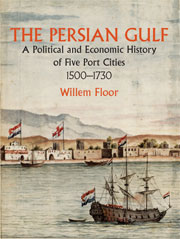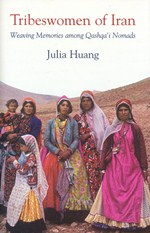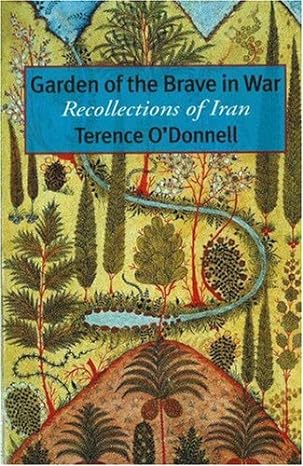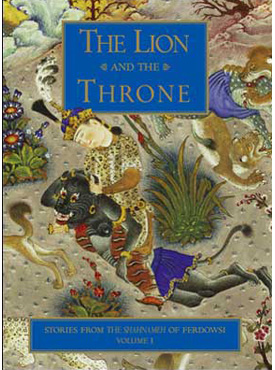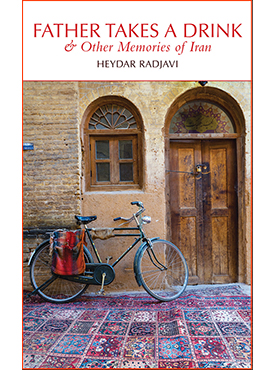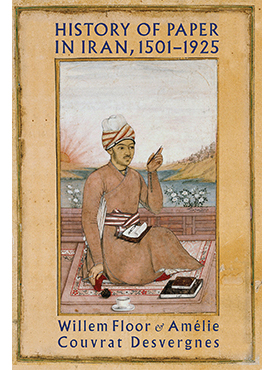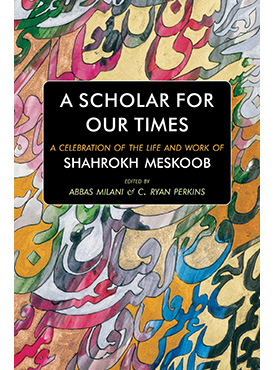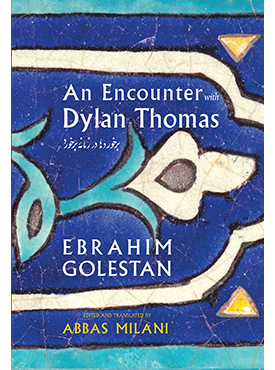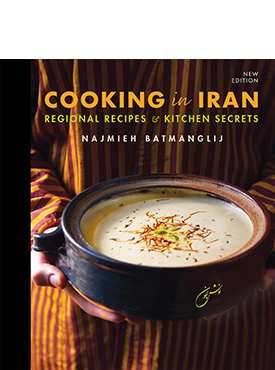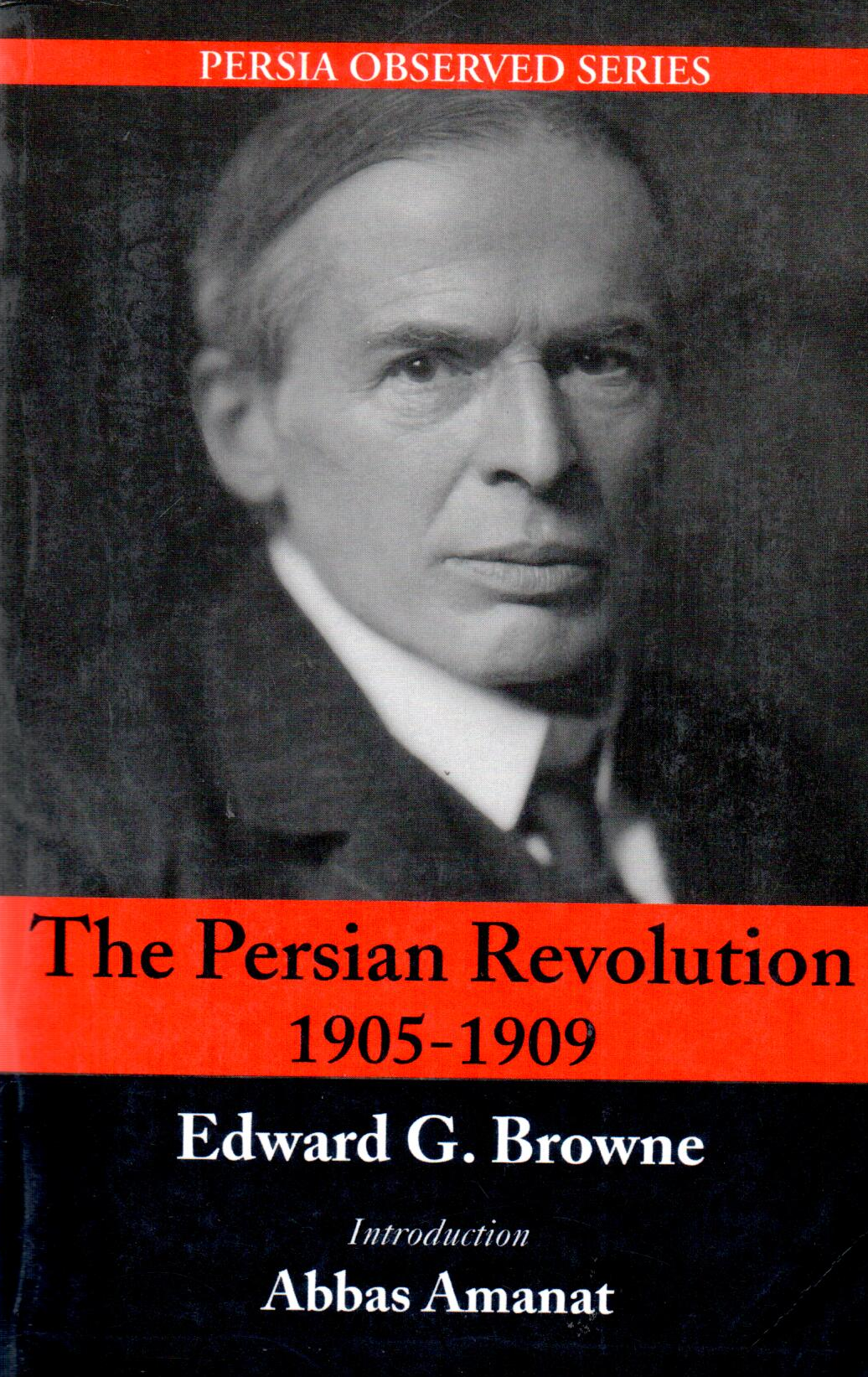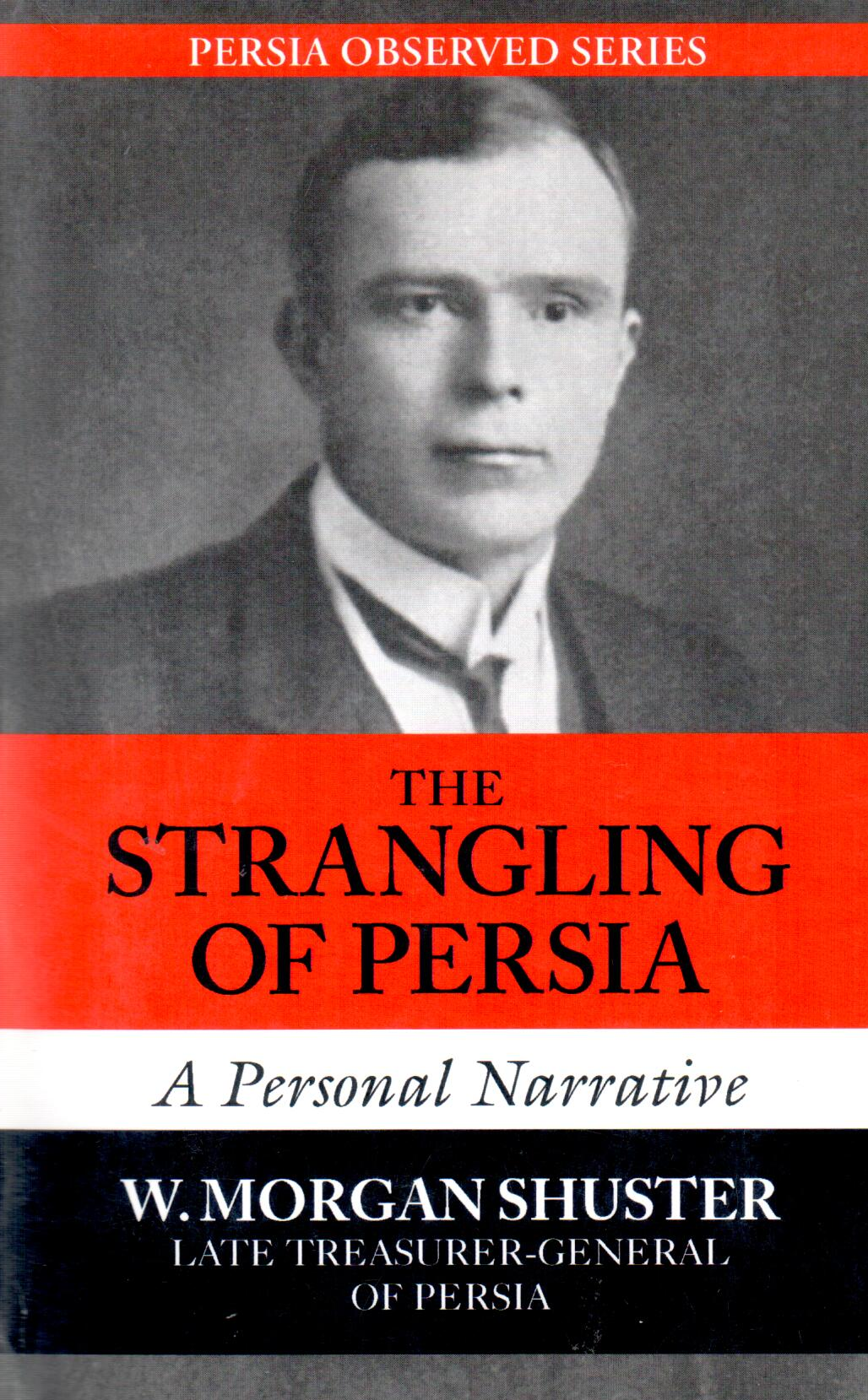The Persian Gulf, A Political and Economical History of Five Port Cities 1500-1730: English 2006
The Persian Gulf, A Political and Economical History of Five Port Cities 1500-1730
69.99 $
Share
Wishlist
ISBN:
1933823127
Publisher:
MAGE PUBLISHERS
Age Group:
Adult
Pages:
630
Weight:
1537 g
Dimensions:
21 x 28 x 4.41 cm
Book Cover:
Paperback
The Persian Gulf: The Economic and Political History of Five Port Cities, 1500-1730 provides the most comprehensive overview to date of the Persian Gulf at a time of major political change, including the successive arrival of the European ‘trading empires’. The study emphasizes the role of the local elites and how its members manipulated and used the administrative structures for their own gain. It also delves into various aspects of the governance of the ports. Based on a large variety of sources, including the unpublished information from Dutch and Portuguese archives, it makes clear that the Persian Gulf and the Gulf of Oman were an integrated part of the Indian Ocean network in terms of trade, culture, migration and politics. Despite that interconnectedness there were significant differences between the various competing Persian Gulf ports. These differences (as well as the similarities) in the political economy of each of the five major ports of the period (Hormuz, Bandar `Abbas, Masqat, Bandar-e Kong and Basra) are highlighted. The pattern of the local administration, the socio-economic and political structure, the morphology of each port as well as what that meant for the development and nature of trade that was carried on in each of the ports are discussed in detail. The controlling influence of the hinterland on each of these ports is stressed, while many prevailing wrong notions about the role and importance of Europeans, the nature of trade and what drove political developments in the Persian Gulf are corrected.
more
The Persian Gulf: The Economic and Political History of Five Port Cities, 1500-1730 provides the most comprehensive overview to date of the Persian Gulf at a time of major political change, including the successive arrival of the European ‘trading empires’. The study emphasizes the role of the local elites and how its members manipulated and used the administrative structures for their own gain. It also delves into various aspects of the governance of the ports. Based on a large variety of sources, including the unpublished information from Dutch and Portuguese archives, it makes clear that the Persian Gulf and the Gulf of Oman were an integrated part of the Indian Ocean network in terms of trade, culture, migration and politics. Despite that interconnectedness there were significant differences between the various competing Persian Gulf ports. These differences (as well as the similarities) in the political economy of each of the five major ports of the period (Hormuz, Bandar `Abbas, Masqat, Bandar-e Kong and Basra) are highlighted. The pattern of the local administration, the socio-economic and political structure, the morphology of each port as well as what that meant for the development and nature of trade that was carried on in each of the ports are discussed in detail. The controlling influence of the hinterland on each of these ports is stressed, while many prevailing wrong notions about the role and importance of Europeans, the nature of trade and what drove political developments in the Persian Gulf are corrected.
more

